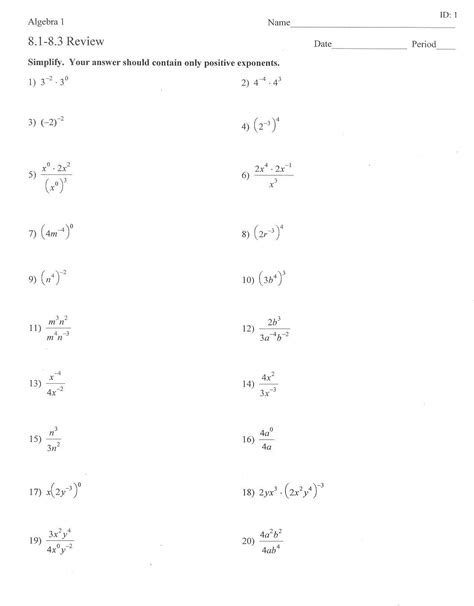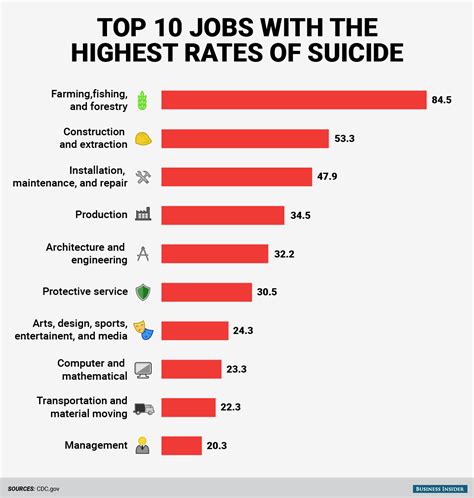ASVAB Mechanical Study Guide
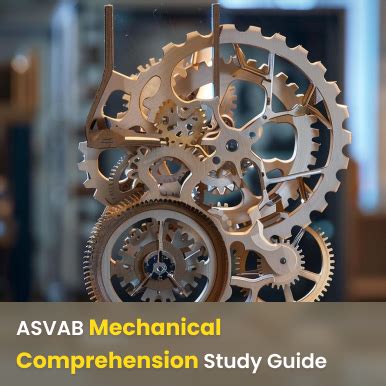
Mechanical Comprehension: Understanding the Basics
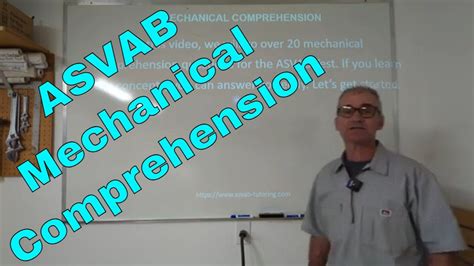
The Mechanical Comprehension section of the ASVAB test is designed to evaluate your knowledge of mechanical principles, including simple machines, mechanical advantage, and energy. This section is critical for those looking to pursue a career in the military that involves working with mechanical systems, such as aircraft mechanics, automotive technicians, or engineering technicians.
What to Expect on the Mechanical Comprehension Section
The Mechanical Comprehension section consists of 25 multiple-choice questions, and you have 19 minutes to complete the section. The questions cover a range of topics, including:
- Simple machines (levers, pulleys, inclined planes, etc.)
- Mechanical advantage
- Energy (kinetic, potential, thermal, etc.)
- Power and work
- Fluid mechanics (pressure, buoyancy, etc.)
Key Concepts to Focus On
To perform well on the Mechanical Comprehension section, you’ll need to have a solid understanding of the following key concepts:
- Simple Machines: A simple machine is a device that changes the direction or magnitude of a force. There are six types of simple machines: levers, pulleys, inclined planes, wedges, screws, and wheel and axles.
- Mechanical Advantage: Mechanical advantage is the ratio of the output force to the input force. It’s a measure of how much a machine can amplify a force.
- Energy: Energy is the ability to do work. There are several types of energy, including kinetic energy (the energy of motion), potential energy (stored energy), and thermal energy (the energy of heat).
- Power and Work: Power is the rate at which work is done, and work is the transfer of energy from one object to another.
Tips for Studying and Preparing
Here are some tips to help you study and prepare for the Mechanical Comprehension section:
- Review the basics: Make sure you have a solid understanding of the key concepts listed above.
- Practice with sample questions: Practice with sample questions to get a sense of the types of questions you’ll encounter on the test.
- Use visual aids: Use diagrams and illustrations to help you understand complex mechanical concepts.
- Watch video tutorials: Watch video tutorials to see mechanical concepts in action.
📝 Note: Practice with sample questions to get a sense of the types of questions you'll encounter on the test.
Key Formulas and Equations
Here are some key formulas and equations to know for the Mechanical Comprehension section:
- Mechanical Advantage: MA = Output Force / Input Force
- Energy: Energy = Work / Time
- Power: Power = Work / Time
- Torque: Torque = Force x Distance
Sample Questions
Here are some sample questions to give you an idea of what to expect on the Mechanical Comprehension section:
- What is the mechanical advantage of a lever with a fulcrum in the middle?
- A car travels 200 miles in 4 hours. What is its average power output?
- A block of wood weighs 50 pounds. What is its potential energy if it is lifted 10 feet off the ground?
Conclusion
The Mechanical Comprehension section of the ASVAB test is a challenging section that requires a solid understanding of mechanical principles. By reviewing the key concepts, practicing with sample questions, and using visual aids, you can improve your chances of scoring well on this section. Remember to stay focused and manage your time effectively during the test.
What is the format of the Mechanical Comprehension section?
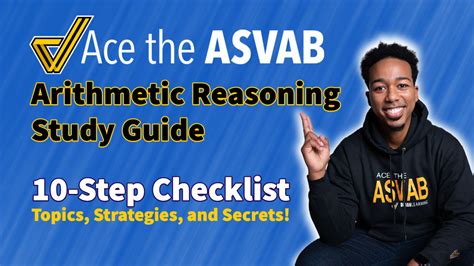
+
The Mechanical Comprehension section consists of 25 multiple-choice questions, and you have 19 minutes to complete the section.
What types of questions can I expect on the Mechanical Comprehension section?
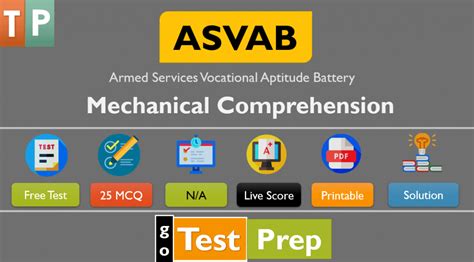
+
You can expect questions on simple machines, mechanical advantage, energy, power and work, and fluid mechanics.
How can I prepare for the Mechanical Comprehension section?
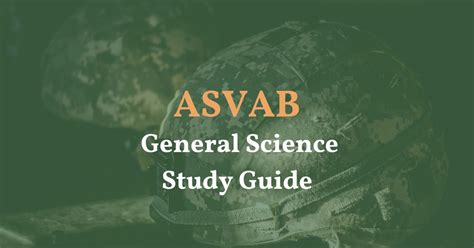
+
Review the basics, practice with sample questions, use visual aids, and watch video tutorials to help you prepare.
